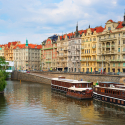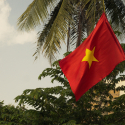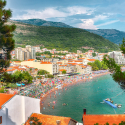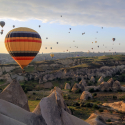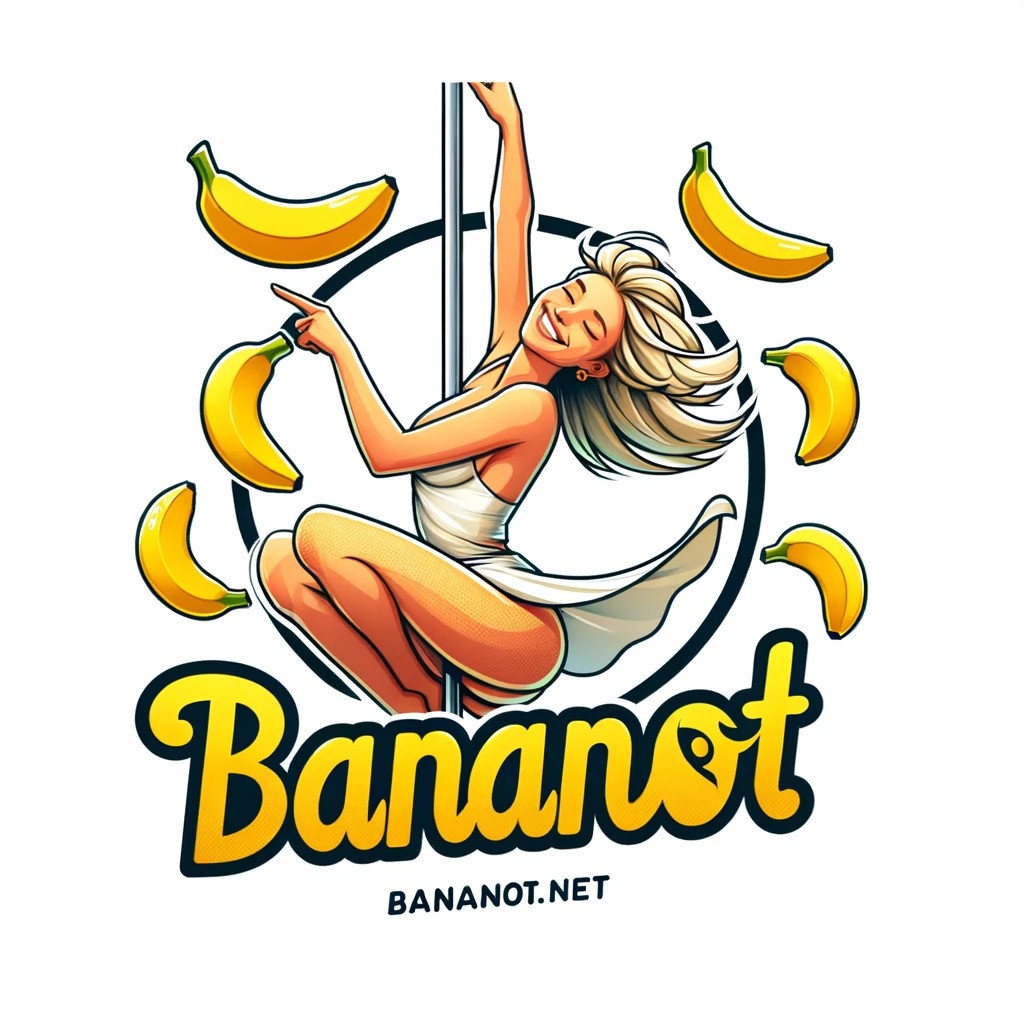The Dukan Diet: Pros, Cons, and Phases Explained
 The Dukan Diet, created by French nutritionist Pierre Dukan in the early 90s, is a variant of a high-protein diet. Let’s explore its principles with the help of an expert.
The Dukan Diet, created by French nutritionist Pierre Dukan in the early 90s, is a variant of a high-protein diet. Let’s explore its principles with the help of an expert.Protein has a caloric value of 4 kcal/g, unlike fats, which are 9 kcal/g. As a nutrient, it keeps you feeling full for longer. However, the protein sources must be lean. This includes lean meats and low-fat dairy products like fat-free cottage cheese.
The Dukan Diet minimizes or entirely eliminates carbohydrates, and sweets are strictly forbidden. Additionally, the daily diet should include 1.5-3 tablespoons of bran, a type of carbohydrate that our bodies find difficult to digest.
An essential part of the diet is drinking 1.5 liters of water daily and engaging in physical activity, such as walking for at least 30 minutes a day.
Diet Phases
The Dukan Diet is divided into four sequential phases: Attack, Cruise, Consolidation, and Stabilization. The first two phases focus on weight loss, while the latter two are for maintaining the achieved results.
Phase 1: Attack
This phase aggressively targets fat cells with an unusual reduction in fats compensated by proteins. It lasts from three to ten days, depending on the amount of weight you want to lose. If you aim to shed less than 10 kg, the phase should last about three days. For a weight loss target of 10-20 kg, it spans three to five days, and for more than 20 kg, it lasts about seven days. During this phase, only lean protein sources like meat, fish, eggs, and fat-free dairy products are allowed. Additionally, 1.5 tablespoons of bran and at least 1.5 liters of water must be consumed daily.
Phase 2: Cruise
This phase alternates between pure protein days and protein-vegetable days. Weight loss slows down to about 1 kg per week. The safest pattern is a 1:1 or 2:2 rotation: one day of pure protein followed by one day of protein with vegetables, or two days of each. However, if you need to lose more than 10 kg, a 5:5 pattern is allowed but only after consulting a doctor. Certain foods are restricted, including starchy items (potatoes), avocados, artichokes, legumes, grains, and high-fat products like mayonnaise and desserts. Daily requirements include two tablespoons of bran and at least 1.5 liters of water.
Phase 3: Consolidation
This phase aims to solidify the weight loss, with the goal of maintaining the results at a rate of 1 kg per 10 days. One pure protein day per week is mandatory, along with 2.5 tablespoons of bran and at least 1.5 liters of water daily. This phase is challenging due to the risk of regaining lost weight. Key rules include:
Excluding bananas and grapes from fruits.
Limiting portions to 220 g per meal, with dinners being protein-vegetable (but any meal twice a week).
Allowing desserts once per day: one fruit, one candy, two pieces of chocolate, half a serving of ice cream, or a small dessert of 100 g (preferably sparingly).
Permitting up to 40 g of low-fat cheese and two slices of bread.
Including legumes, potatoes, and pasta.
Ensuring a minimum of two days between festive meals.
Phase 4: Stabilization
In this phase, there are no banned foods theoretically, but choices should lean towards fat-free dairy, lean meats, seafood, and lean fish. Three tablespoons of bran per day are required. Physical activity is necessary (Dukan suggests 30 minutes of stair climbing or 10,000 steps daily) and a mandatory protein day from the Attack phase. Daily water intake should be no less than 1.5 liters.
Pros of the Diet
According to Anna Verbovskaya, the diet is effective and popular due to rapid weight loss from the outset. It’s quite filling, allowing you to eat any time, and its effects can be long-lasting.
Cons of the Diet
The diet’s fat restriction leads to a deficiency in all fat-soluble vitamins (A, K, D, E), potentially affecting skin, hair, reproductive organs, and the gallbladder. The exclusion of grains can result in a lack of B vitamins and minerals like magnesium, selenium, zinc, iron, and phosphorus, which may cause nervous system disorders. Due to these potential deficiencies, consulting a specialist about taking vitamin complexes is important.
During the diet, especially on protein days, constipation, body odor, and bad breath can occur due to the production of ketone bodies (intermediate products of carbohydrate, fat, and protein metabolism). Hence, consuming bran and maintaining proper hydration is crucial to prevent constipation.
Contraindications for the Diet
This diet is unsuitable for individuals with:
Gallbladder diseases: cholecystitis, gallstones.
Kidney diseases: kidney stones, chronic kidney failure.
Metabolic disorders: gout, diabetes.
Cardiovascular diseases: hypertension, atherosclerosis, heart failure.
Stomach diseases: peptic ulcer.
Intestinal diseases: colitis.
Therefore, this diet is better suited for relatively healthy young or middle-aged individuals as a short-term weight loss measure. A balanced diet with adequate proteins, fats, and carbohydrates is essential to avoid deficiencies and excesses.
Sample Menu
Phase 1: Attack
Breakfast: Lean meat, scrambled eggs or steamed omelet, tea or coffee.
Lunch: Fish soup or meat broth, two bran crackers.
Snack: Baked cottage cheese cakes or fat-free cottage cheese casserole.
Dinner: Herbal tea and a piece of baked or boiled lean meat or fish.
Phase 2: Cruise
Pure Protein Day:
Breakfast: Cheese cakes and coffee.
Lunch: Steamed veal steak.
Snack: Shellfish or shrimp salad.
Dinner: Baked fish or skinless chicken.
Protein-Vegetable Day:
Breakfast: Lightly salted salmon and coffee.
Lunch: Salad of tomatoes, cucumbers, and cabbage, turkey meat.
Snack: Cottage cheese casserole and 0% fat kefir.
Dinner: Lean fish with vegetables, baked in the oven.
Phase 3: Consolidation
Option 1 – Preferred:
Breakfast: Slice of bread, lightly salted salmon, greens.
Lunch: Pasta, chicken, vegetables, or pasta with seafood, or shrimp with vegetables.
Snack: Fruit, half serving of ice cream, or 100 g dessert, or cottage cheese.
Dinner: Tuna with vegetables.
Option 2 – Dinner can include potatoes or rice twice a week:
Breakfast: Cottage cheese, kefir, crackers.
Lunch: Solyanka, salad.
Snack: Cheese pastry.
Dinner: Potatoes or rice with meat.
Option 3 – Once a week mandatory menu from Phase 1:
Breakfast: Omelet, coffee.
Lunch: Lean broth with chicken meatballs without rice.
Snack: Fat-free yogurt with bran.
Dinner: Green tea and seafood, boiled or baked.
Phase 4: Stabilization
Breakfast: Green tea, berry casserole.
Lunch: Borscht, bran bread.
Snack: Cheesecakes.
Dinner: Vegetable salad, chicken fillet.
One Protein Day per Week:
Breakfast: Omelet, crab sticks, coffee.
Lunch: Chicken cutlets, 0% fat yogurt or kefir.
Snack: Glass of fat-free milk.
Dinner: Turkey fillet.
These guidelines provide a comprehensive view of the Dukan Diet's principles, benefits, and challenges, helping individuals make informed decisions about their dietary choices.

